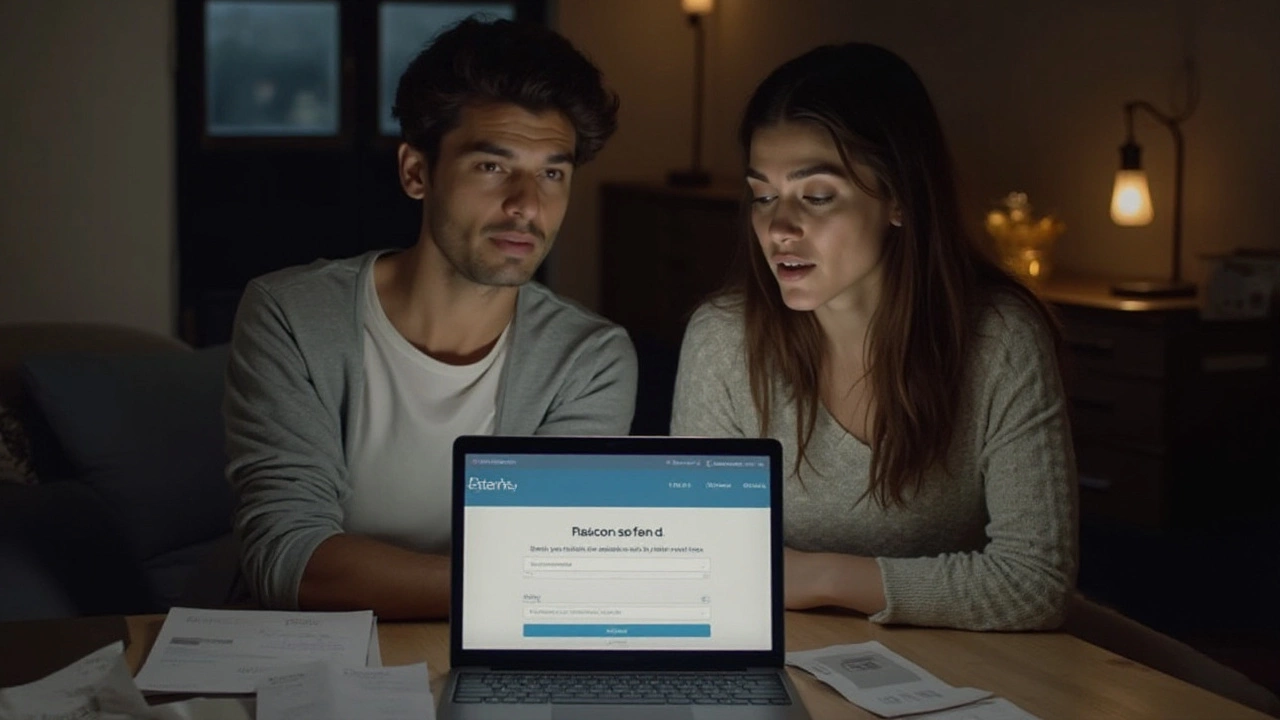Need cash but don’t want to tie up your car or house? An unsecured loan might be the answer. It lets you borrow money based on your credit and income alone, so you keep your assets safe. In this guide we’ll break down how these loans work, who can qualify, and what you can do to land a good deal without paying a fortune in interest.
An unsecured loan is a type of personal loan that doesn’t require any collateral. Lenders rely on your credit score, earnings, and repayment history to decide if you’re a low‑risk borrower. Because there’s no asset to seize if you miss a payment, banks usually charge higher interest rates than they would for a secured mortgage or car loan. Common uses include covering emergency expenses, consolidating debt, or funding a small home‑improvement project.
First, check your credit score. A score above 680 gives you a better chance of approval and lower rates. If your score is lower, consider fixing small errors on your credit report before you apply. Second, calculate your debt‑to‑income (DTI) ratio – lenders like to see a DTI under 35%. A lower DTI shows you have room to repay a new loan.
Next, shop around. Use a comparison site or call a few local banks, credit unions, and online lenders. Look at the Annual Percentage Rate (APR), any origination fees, and repayment terms. A 3‑year loan might have a slightly higher monthly payment but could save you a lot in interest compared with a 5‑year option.
When you’ve found a few offers that fit, read the fine print. Some lenders hide pre‑payment penalties or charge higher rates after an introductory period. If you plan to pay the loan off early, make sure there’s no penalty for doing so.
Before you submit an application, gather the paperwork lenders will ask for: recent payslips, bank statements, and proof of address. Having everything ready speeds up the process and shows you’re organized – a small detail that can tip the scales in your favor.
If you have bad credit, don’t write off the idea. Certain lenders specialize in high‑risk borrowers and may offer loans with higher interest but more flexible criteria. Look for reputable “bad credit personal loan” providers, and avoid payday‑loan style offers that charge exorbitant fees.
Finally, think about the purpose of the loan. If you’re using it to pay off higher‑interest credit‑card debt, calculate whether the new loan’s rate truly beats the existing rates. A simple spreadsheet can help you see the total cost over time and decide if the switch makes financial sense.
In short, an unsecured loan can be a handy tool when you need money fast and don’t want to risk your assets. By checking your credit, managing your DTI, comparing offers, and reading the terms, you can secure a loan that fits your budget and helps you move forward without unnecessary stress.

A black loan is an unsecured personal loan that often comes with high interest rates and significant risks. This type of loan is particularly appealing to those who cannot secure traditional funding. Black loans can create dangerous cycles of debt and financial exploitation if not managed carefully. Explore the characteristics, risks, and tips for handling these loans to make informed financial decisions.